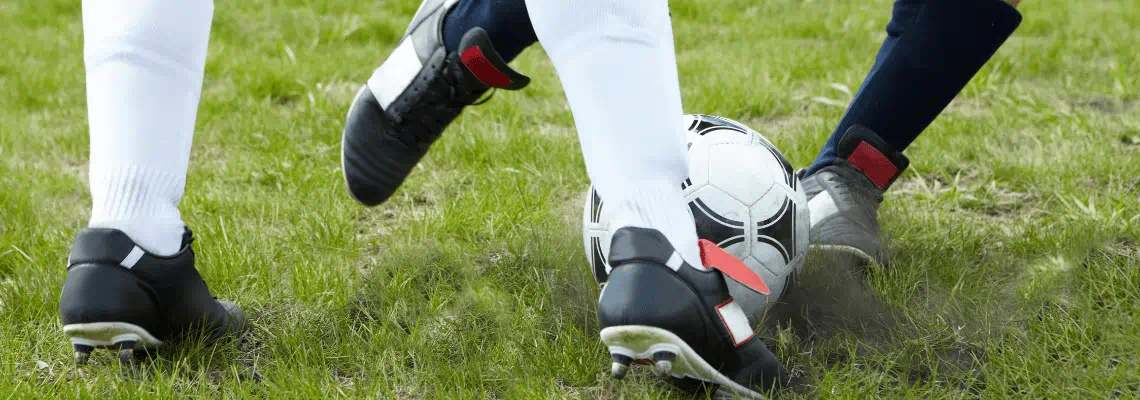New season
The Sport Positive Leagues, launched in 2019, has for the past four years ranked Premier League clubs on 11 different sustainability categories, assigning points, to determine a league table.As well as water efficiency, the categories include clean energy, waste management, education and communications and engagement in sustainability.
While the 2021 report gave an insight into the water initiatives of the top tier of English football, there are 72 other teams across the Championship, League One and League Two that make up the top four leagues in England.
When Aquatech Online looked at the 2021 Sport Positive Sustainability rankings, Premier League clubs Liverpool and Tottenham came out on top, each scoring 23/24. However, the rankings have since been opened up to include the lower leagues. And there is a new champion.
Top of the league
Forest Green Rovers have been making headlines for the past eight years when it comes to sustainability and being eco-friendly, earning full marks.
Back in 2015, Forest Green became the world's first vegan football club and followed up this feat in 2018 when it became the world's first certified carbon-neutral club under United Nations Framework Convention on Climate Change (UNFCCC) initiative Climate Neutral Now.
“Bristol City’s ‘waste2water’ system uses and then recycles the water.”This accreditation saw Forest Green become known as the 'greenest club in the world'. Yet, what is the 'greenest club in the world' doing from a water-efficiency perspective?
According to the Sport Positive Leagues, Forest Green captures rain that falls on the pitch which is then stored in a tank for use in irrigation. The club also monitors water consumption on its site, such as stadiums, offices and shops to identify any leaks in the system and implement repairs quickly.
During the 22/23 season, the club introduced a new toilet block for away fans that will take the liquid waste, filter and cleanse it and then use that clean water for further irrigation.
Runners-up, Bristol City, has enacted a ‘Water Savings and Efficiency Plan’ which covers Ashton Gate Stadium, Robins HPC (Bristol City’s training ground), Bears HPC (rugby training ground) and SGS College Arena.
Its training ground uses a ‘waste2water’ system for cleaning machines, which uses and then recycles the water. The club has also installed water butts at both the stadium and training ground, as well as low water consumption taps and dual-flush toilets.
Watford and Norwich City also got top marks in the water efficiency category, both having enacted water efficiency policies at their stadiums and training grounds and rainwater harvesting systems for pitch irrigation.
However, while Forest Green, Bristol City, Norwich City and Watford are attacking their water use, the remaining clubs are not doing as much to block the holes in their defence.
Caught offside
A massive 37 out of the 72 teams scored zero on their water efficiency rankings. More than 50 per cent of clubs either have zero water efficiency programmes or basic water systems in place.For some clubs, Sport Positive Leagues reported that no information was provided on the matter of water efficiency.
It is clear that from the angle of water efficiency, clubs in England need to do more to tackle their water use in a sport that demands a large amount of water.
During the Qatar 2022 World Cup, it was estimated that each football pitch required 10,000 litres of water a day.
This is the first time that the Sport Positive League has covered the Championship, League One and League Two so it can be viewed as a starting point for a lot of clubs on the list.
Having been up and running in the Premier League for four seasons now, Aston Villa can be used as a prime example of a club that is more proactive when it comes to sustainability.
In 2020, Aston Villa was at the bottom of the sustainability league rankings, receiving a score of seven out of 24. In 2021, they moved up to twelfth with a score of 13.5 out of 24.
Clearly, such progress is welcome yet there is still a lot to do for football to tackle water use and challenges.







